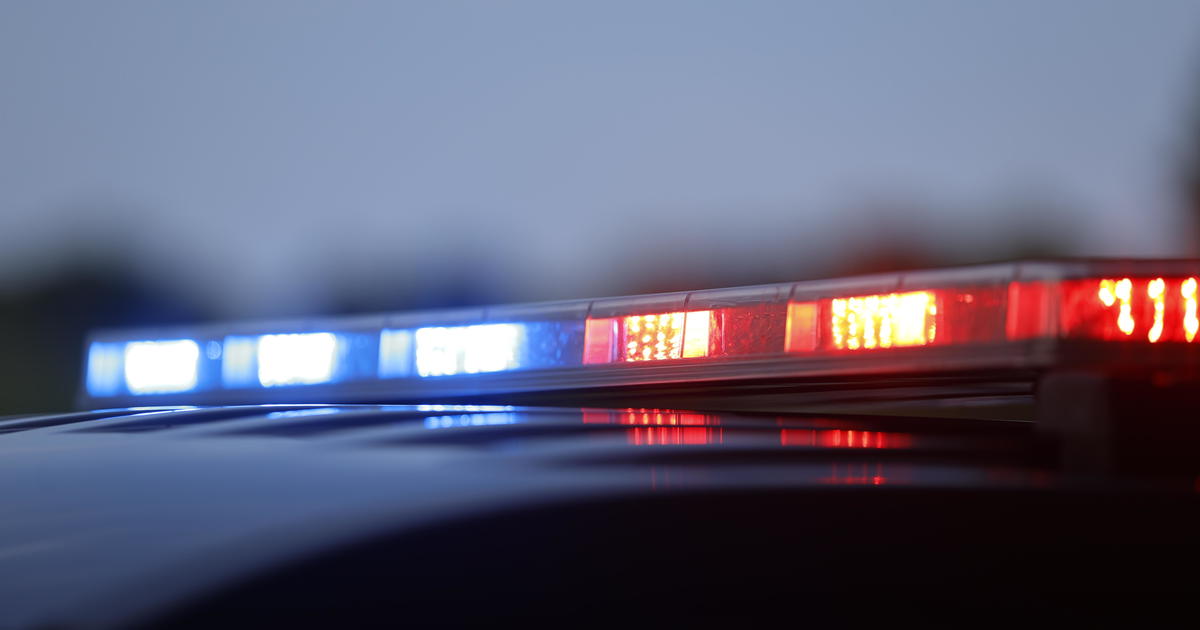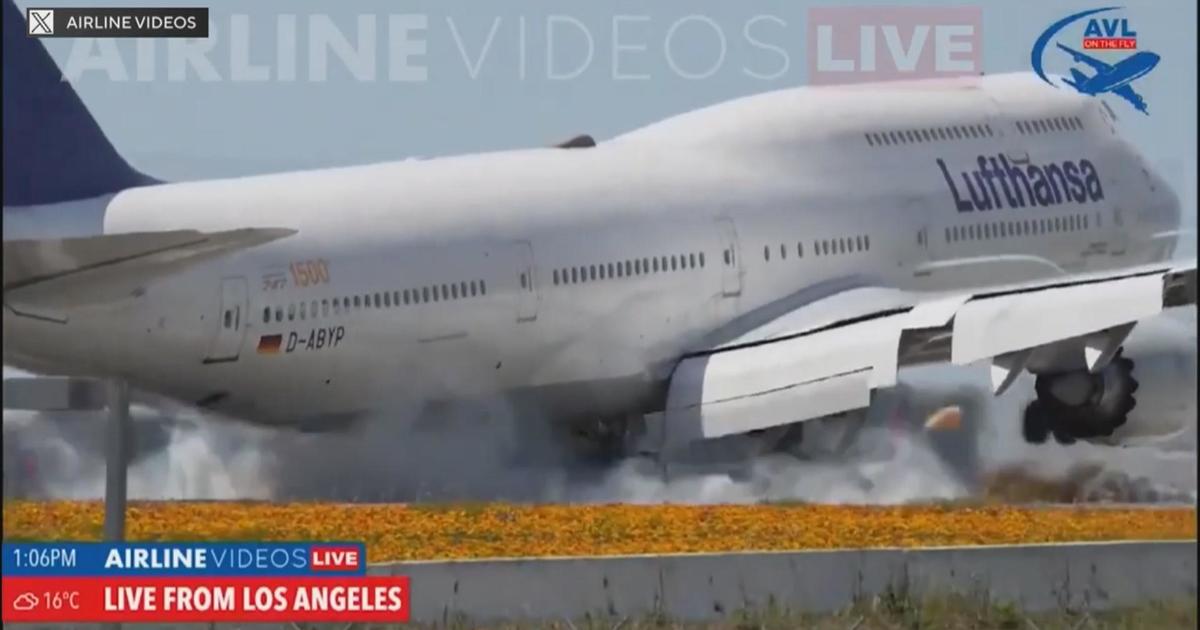How Technology Is Helping Fight Wildfires
By Mark G. McLaughlin
Wildfires are the least predictable and hardest of all natural disasters to fight. The host of variables from the extent and composition of the undergrowth to wind and weather patterns and the amount of man-made objects in its path that can further fuel the fires make battling the flames - let alone containing and putting them out - a risky and perplexing task. Just as the challenges continue to grow, so do fire-fighting technologies continue to evolve. Here are just some the ways in which technology is helping to fight wildfires like those that devastated so much of California in 2018.
Drones: Pinpoint recon without risk
Just as scouting and reconnaissance have always been vital to developing and carrying out a plan of battle to defeat an invading enemy, so too is getting a good look inside a fire is the key to getting a fire under control. It is also vital when it comes to finding, warning and rescuing people in its path, or who may have become trapped by the flames. Drone technology has proven invaluable for such tasks. While obviously military-grade drones are the best and most advanced, even simple commercial drones can and are being used to give firefighters a good look at what they are facing, and where to focus rescue efforts – and without risking the lives of those whose boots are on the ground.
Infrared Cameras: Finding where the fire is hottest
Infrared technology may not sound like it would be helpful or necessary in fighting a fire, as firefighters can obviously see the flames that need fighting. What infrared technology can and does do, however, is show where the fires are most intense. Incorporated into drones and satellites, infrared sensors can pinpoint from the sky and even from space the key hot spots that are at the very heart of a fire – and which need to be contained and put out if the fire is to be brought under control. The Fire Urgency Estimator in Geosynchronous Orbit – or FUEGO (which, not coincidentally, means “fire” in Spanish) developed by the University of California Berkeley is one such system that uses satellite and infrared and other technologies to monitor fires as they begin to spread – and help firefighters battle them before the fires rage out of control.
Robot firefighters go boldly where no firefighter dares to go
Firefighting is a very dangerous job. Even the bravest, best-equipped and most thoroughly trained fire-fighters know they are putting their lives on the line, especially when confronted by an unpredictable, raging wildfire which could be whipped up by sudden winds into a firestorm. For those places where even the brave dare not go, a new generation of firefighting robots such as Thermite can. Developed by Howe and Howe Technologies of Maine, Thermite can withstand temperatures that would melt even the most advanced firefighting gear, and can take the battle into the heart of the hell that is created by wildfires.
“Super Shelters” give firefighters a haven until rescue arrives
Even with modern infrared, sensor, computer, satellite and drone technology, fires remain largely unpredictable. Wind can whip up fires into a firestorm, and a sudden cache of dry trees and undergrowth can fuel a fire to hellish proportions. Firefighters frequently find themselves surrounded and trapped by the flames. To give them a temporary haven until help arrives, firefighters carry portable foil tents, most of which, sadly, have proven ineffective in truly high temperature zones. The U.S. Forest Service continues to test new shelter technologies to give firefighters better protection that will buy them more time until the rescuers can reach them. The latest portable shelters are made of foil on the outside to reflect heat, and a have a layer of silica over a fiberglass scrim cloth beneath the foil to further slow the transfer of heat from the outside into the shelter.
VR firefighter training
Much like combat soldiers, firefighters train constantly to hone their skills and to try to prepare for the unexpected. Although they frequently train in buildings or brush that are afire, even under controlled conditions, only so much can be taught without putting lives at risk. Virtual Reality (VR) technology is now being used by American firefighters and smokejumpers as well as Red Cross and other rescue personnel in their training. Virtual Reality instructors can quite literally “turn up the heat” and create firestorms and hotspots, all without risking the lives of their students.



